Do statistics give us a right way to go?
There isn’t much strategy involved in a leg of 501. Unlike other sports, in darts you can’t influence the difficulty of an opponent’s turn (apart from applying mental pressure), which essentially limits strategic decisions to being about what to go for based on the chances of you hitting it versus the chances of your opponent punishing you if you don’t.
Whether or not to throw for the bullseye with 50 remaining is the most obvious example. Another is when deciding whether to split a double which if missed to the inside, would leave you on an odd number.
For some, this is no decision at all – namely those with the school of thought that double segments are the same size and you should be confident on all of them (particularly if darts is your living). The problem is, the danger of missing on the inside, especially with the second dart, can wreak psychological havoc. The dreaded inside miss tends to be more perilous to one’s chances of winning a leg than hitting a 25 or a big number with your last dart in hand when going for the bullseye. This is because, generally, opponents are sitting on lower scores in these situations.
In the professional game when a player has 38 remaining, their opponent is also on a double (and often an ‘easier’ one) 42% of the time. The question is therefore, whether a higher hit rate on a more favourable double, compensates for sacrificing an attempt at a less favourable one, in the context of maximising one’s chances of winning the leg.
To answer, we should first understand the differences in accuracy between some of the uncommon doubles and their more fancied alternatives. From a dataset comprising five years’ worth of PDC stage matches, we know that double 19 is hit less than one third of the time (32.6%), while double 16, the most obvious alternative if a player decides to split 38, is among the outer-ring segments with the highest overall hit rate (40.6%). Similar but less extreme differences exist for double 9 (34.9%) relative to double 8 (40.8%), and for double 5 (35.1%) relative to double 4 (39.4%). These figures cover all attempts in all situations, regardless of whether a player is facing an opponent on a score of 20 or 200.
Then there is the fear of going inside. Again, from consulting a database of five years’ of double attempts, we find that players are very careful to avoid this, although they still halve their scores accidentally about 25% of the time (this is considerably less than on doubles like 20 and 10). With this data and keeping in mind the average miss rate of a single number amongst professionals is about 4%, we can calculate theoretical probabilities for any checkout route alongside observed data from PDC matches.
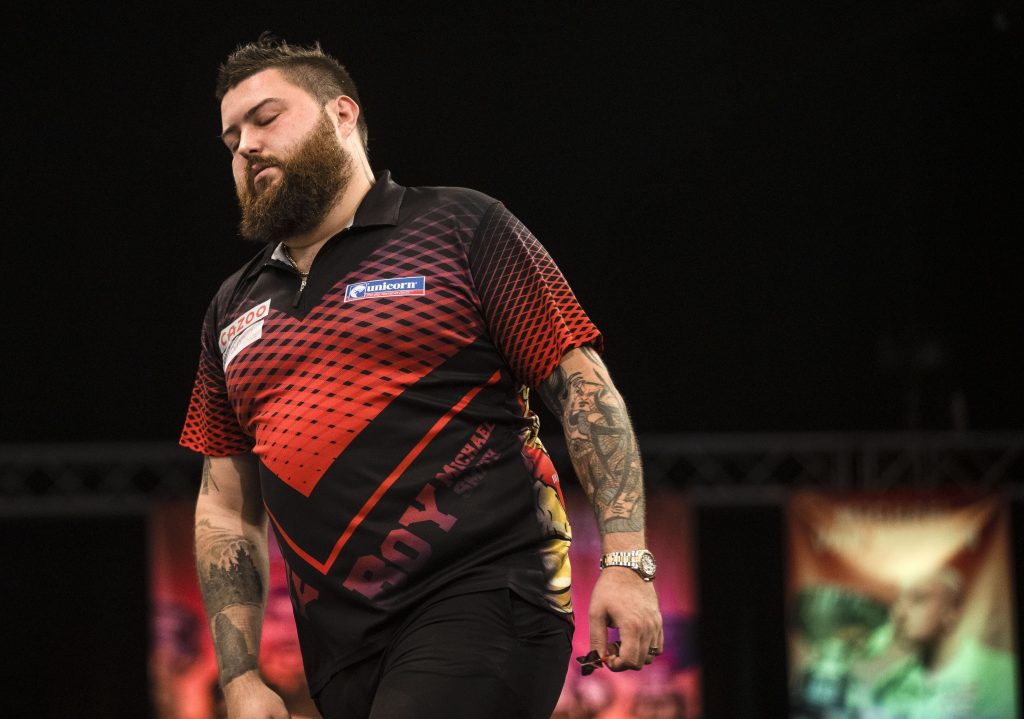
If we assume that every dart thrown hits and misses its target at the overall rate observed in the PDC writ large, we find that attempting single 6 with the first dart from 38 has a 63.7% theoretical checkout rate, versus 62.4% for throwing straight at double 19. There is a similar difference in the case of checkouts of 18 and 10 but in reverse, with the slightly higher number being in favour of the direct route. These numbers indicate no discernible advantage that is worthy of overriding a player’s individual preference. Someone who excels at hitting double 19, or has a strong affinity for doubles 16 or 8, would probably be best advised to follow their natural tendencies. Accomplished double 19 throwers include Michael Smith, who has hit 50% of his darts at it on stage in the last five years (ironically, Smith provided the most recent TV example of the direct route failing, when squandering a leg against Joe Cullen in the Premier League only last week). Others who have hit more than 40% of their darts at double 19 on stage over the same time period are: Peter Wright (46%), Simon Whitlock (45%), and Dave Chisnall (43%).
What we can conclusively say from our dataset is that opting to split with just two darts in hand instead of three, is statistically a poor choice. Only 3% of players actually do this, and those who do have 10% lower checkout rates. With three darts in hand, players have on average 0.5 more double attempts when choosing to go direct, but the doubles they attempt have a 5-10% lower accuracy. On a checkout of 10, such is the trepidation of going inside the double 5 that the theoretical advantage of attempting the double straight away is eliminated. You can argue that the extra attempt is not really an attempt, or a half-hearted one at best. For double 9, on the other hand, players seem more confident and throw inside more often (perhaps because a recourse to double 4 is less nervy).
The challenge of using observed data to try to answer the same question is that not all players contribute to the data equally. Many players will never split a double and conversely, a few professionals swear by splitting. In both cases such players represent a majority of the data in certain scenarios. We are also unable to compare a player’s fate in going different ways when they exclusively go one way. For instance, we do not know whether Peter Wright would win more legs by splitting double 19, or if Joe Cullen would be better served by attacking double 9, because they never use those options. What we do know is that Wright is one of the best double 19 hitters in the world and Cullen is about a one-in-three shot on double 9, so they appear to be behaving rationally.
As a player is given more darts with which to check out, choosing to throw for a big number to set up a more desirable double becomes increasingly advantageous and therefore the opponent’s score is a logical consideration. When an opponent is not on a finish, or on one for which they only have an outside chance (the top four players in the world take out three-dart finishes somewhere between 11% and 15% of the time) the split is more likely to give assurances of winning the leg, all other things being equal.
Overall we can conclude that whilst two darts in hand is a resounding ‘no’ for splitting, with three darts in hand it is nearly always a close call. Unlike the decision to go for bullseye or set up with a big number with third dart in hand, there is no clear strategy worth adopting in all cases. It is hard to attach any negativity to those wishing to avoid some doubles (despite the “you should be able to hit them all” narrative) – it is a fact that players are more accurate on some targets than others, and where the difference is significant, this information should be used to one’s advantage. It is comparable to a golfer leaving their driver in the bag, in the knowledge that another club is more likely to yield them the desired outcome on the hole. Tiger Woods does it all the time.
Christopher Kempf


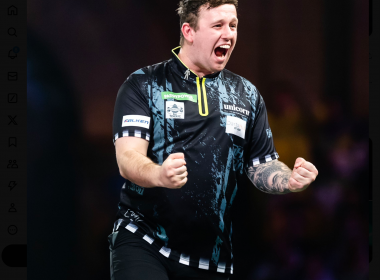
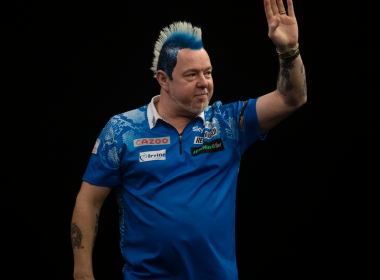
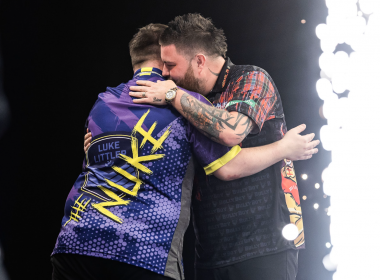
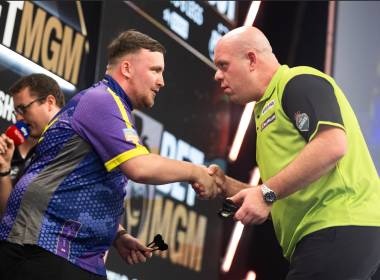

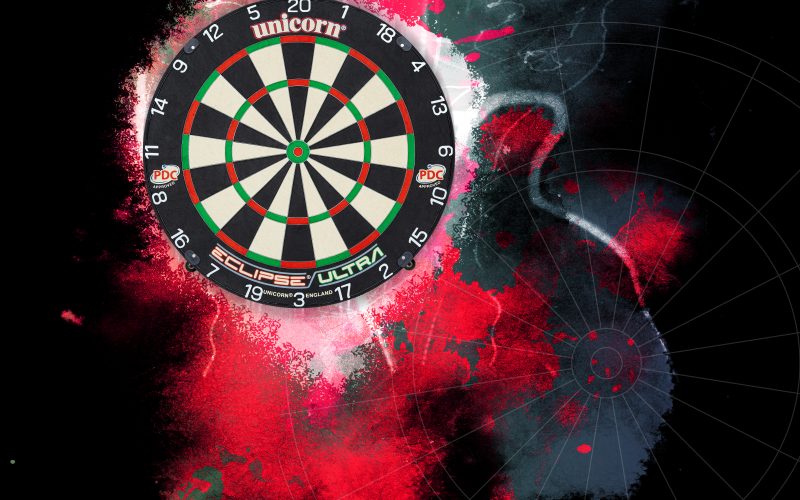

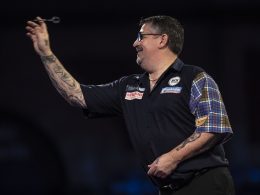
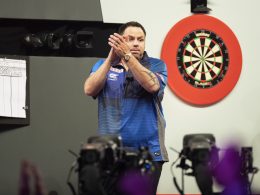
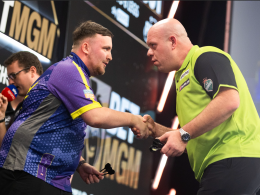
I couldn’t resist commenting. Perfectly written!